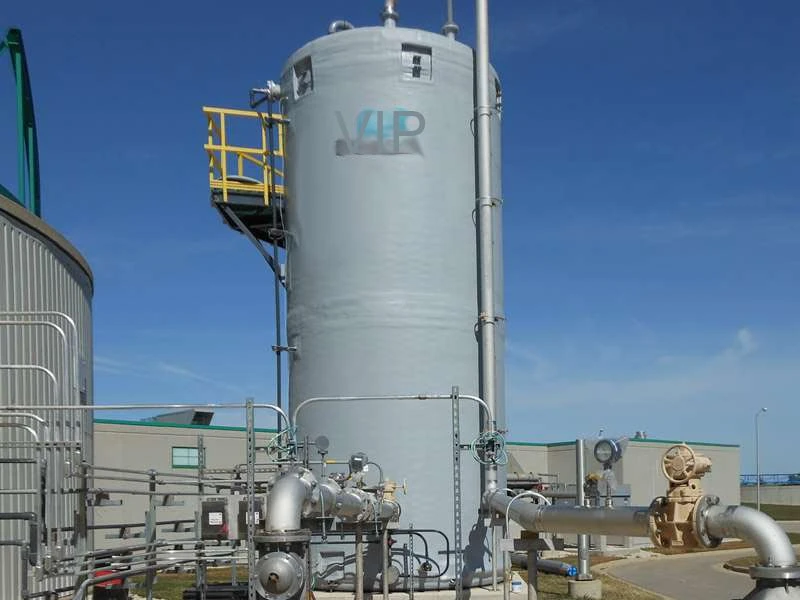
-
 Afrikaans
Afrikaans -
 Albanian
Albanian -
 Amharic
Amharic -
 Arabic
Arabic -
 Armenian
Armenian -
 Azerbaijani
Azerbaijani -
 Basque
Basque -
 Belarusian
Belarusian -
 Bengali
Bengali -
 Bosnian
Bosnian -
 Bulgarian
Bulgarian -
 Catalan
Catalan -
 Cebuano
Cebuano -
 China
China -
 China (Taiwan)
China (Taiwan) -
 Corsican
Corsican -
 Croatian
Croatian -
 Czech
Czech -
 Danish
Danish -
 Dutch
Dutch -
 English
English -
 Esperanto
Esperanto -
 Estonian
Estonian -
 Finnish
Finnish -
 French
French -
 Frisian
Frisian -
 Galician
Galician -
 Georgian
Georgian -
 German
German -
 Greek
Greek -
 Gujarati
Gujarati -
 Haitian Creole
Haitian Creole -
 hausa
hausa -
 hawaiian
hawaiian -
 Hebrew
Hebrew -
 Hindi
Hindi -
 Miao
Miao -
 Hungarian
Hungarian -
 Icelandic
Icelandic -
 igbo
igbo -
 Indonesian
Indonesian -
 irish
irish -
 Italian
Italian -
 Japanese
Japanese -
 Javanese
Javanese -
 Kannada
Kannada -
 kazakh
kazakh -
 Khmer
Khmer -
 Rwandese
Rwandese -
 Korean
Korean -
 Kurdish
Kurdish -
 Kyrgyz
Kyrgyz -
 Lao
Lao -
 Latin
Latin -
 Latvian
Latvian -
 Lithuanian
Lithuanian -
 Luxembourgish
Luxembourgish -
 Macedonian
Macedonian -
 Malgashi
Malgashi -
 Malay
Malay -
 Malayalam
Malayalam -
 Maltese
Maltese -
 Maori
Maori -
 Marathi
Marathi -
 Mongolian
Mongolian -
 Myanmar
Myanmar -
 Nepali
Nepali -
 Norwegian
Norwegian -
 Norwegian
Norwegian -
 Occitan
Occitan -
 Pashto
Pashto -
 Persian
Persian -
 Polish
Polish -
 Portuguese
Portuguese -
 Punjabi
Punjabi -
 Romanian
Romanian -
 Russian
Russian -
 Samoan
Samoan -
 Scottish Gaelic
Scottish Gaelic -
 Serbian
Serbian -
 Sesotho
Sesotho -
 Shona
Shona -
 Sindhi
Sindhi -
 Sinhala
Sinhala -
 Slovak
Slovak -
 Slovenian
Slovenian -
 Somali
Somali -
 Spanish
Spanish -
 Sundanese
Sundanese -
 Swahili
Swahili -
 Swedish
Swedish -
 Tagalog
Tagalog -
 Tajik
Tajik -
 Tamil
Tamil -
 Tatar
Tatar -
 Telugu
Telugu -
 Thai
Thai -
 Turkish
Turkish -
 Turkmen
Turkmen -
 Ukrainian
Ukrainian -
 Urdu
Urdu -
 Uighur
Uighur -
 Uzbek
Uzbek -
 Vietnamese
Vietnamese -
 Welsh
Welsh -
 Bantu
Bantu -
 Yiddish
Yiddish -
 Yoruba
Yoruba -
 Zulu
Zulu
Creating an Efficient and Stylish Chimney Solution for Your Home
The Significance of GRP Chimneys in Modern Construction
As urban landscapes continue to evolve, the demand for innovative building materials and solutions has never been greater. One such advancement is the use of Glass Reinforced Plastic (GRP) chimneys. GRP, also known as fiberglass, has emerged as a leading material for various applications, including ventilation systems and chimneys, due to its unique properties. This article explores the significance of GRP chimneys in modern construction, highlighting their advantages, applications, and future potential.
Advantages of GRP Chimneys
1. Lightweight and Durable One of the most significant benefits of GRP chimneys is their lightweight nature, which makes them easier to handle and install compared to traditional materials like brick or concrete. This can lead to reduced labor costs and faster project timelines. Moreover, GRP is highly resistant to corrosion, ensuring longevity and reducing the need for frequent maintenance or replacement.
2. Versatile Design Options GRP chimneys can be molded into various shapes and sizes, providing architects and builders with the flexibility to create aesthetically pleasing designs that can fit different architectural styles. This versatility allows for innovative creations, ensuring that chimneys blend seamlessly with the building's overall design while meeting functional requirements.
3. Thermal and Acoustic Insulation The insulating properties of GRP help maintain optimal temperatures within the chimney, reducing energy losses associated with heating systems. Additionally, GRP’s acoustic insulating characteristics minimize noise, making it an effective choice for urban environments where sound pollution can be a concern.
4. Environmental Benefits With growing awareness of environmental sustainability, GRP chimneys stand out due to their low environmental impact during production and their energy efficiency. Many GRP products are recyclable, contributing to a circular economy and reducing waste.
grp chimney

Applications of GRP Chimneys
GRP chimneys are increasingly being used in various sectors, including residential, commercial, and industrial settings. In residential constructions, they are often used for venting boilers, stoves, and fireplaces, ensuring efficient exhaust without compromising aesthetics. In commercial buildings, GRP chimneys can serve as ventilation solutions for kitchens and laundry facilities, where effective air management is crucial.
The industrial sector also benefits significantly from GRP chimneys, particularly in chemical plants and refineries, where the resistance to corrosive substances is critical. The ability to withstand extreme conditions further enhances the use of GRP chimneys in heavy-duty applications.
Future Potential
As technology advances and the construction industry continues to prioritize sustainability, the demand for GRP chimneys is expected to grow. Innovations in manufacturing processes are likely to improve the efficiency and quality of GRP products, making them even more appealing to builders and architects. Moreover, as regulations around emissions and energy efficiency become stricter, GRP chimneys can offer a reliable solution for meeting compliance standards.
Conclusion
In conclusion, GRP chimneys represent a significant advancement in construction materials, offering numerous benefits that cater to the demands of modern building practices. Their lightweight, durable, and versatile nature, combined with their environmental advantages, positions GRP chimneys as a smart choice for various applications. As the construction industry continues to evolve and seek sustainable solutions, GRP chimneys are poised to play a pivotal role in shaping the future of building design and functionality. Embracing this innovative material is not only a step towards efficiency but also a commitment to a more sustainable built environment.
Latest news
-
High-Quality Fiberglass Car Bodies Durable GRP Car & Boat Body SolutionsNewsJul.08,2025
-
High-Quality Fiberglass Dual Lamination Product Manufacturer Durable FRP & GRP Dual Lamination SolutionsNewsJul.08,2025
-
Rectangular Tank with Dimensions for GRP Calculation Custom Fiberglass GRP Rectangular TanksNewsJul.07,2025
-
High-Quality Fiberglass Weir Custom FRP Weir & Fiberglass Tanks ManufacturerNewsJul.07,2025
-
CPVC FRP Pipe A Reliable Choice for Industrial Applications High Strength & Corrosion ResistanceNewsJul.07,2025
-
Fiberglass Scrubber for Effective Cleaning and Stain Removal – Superior Performance in Various ApplicationsNewsJul.06,2025









